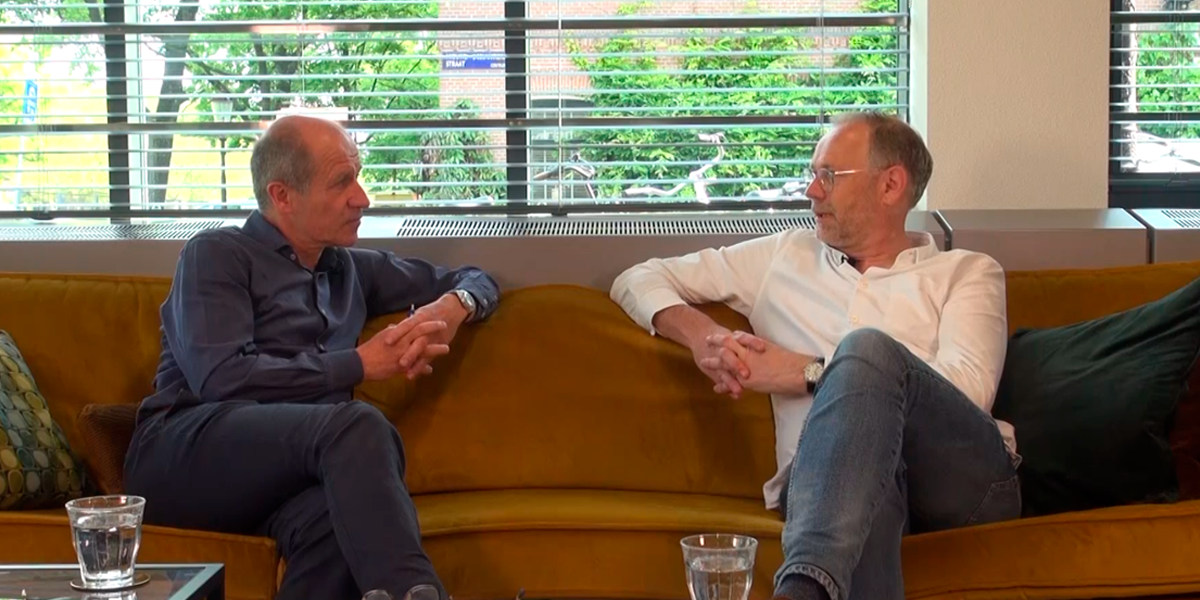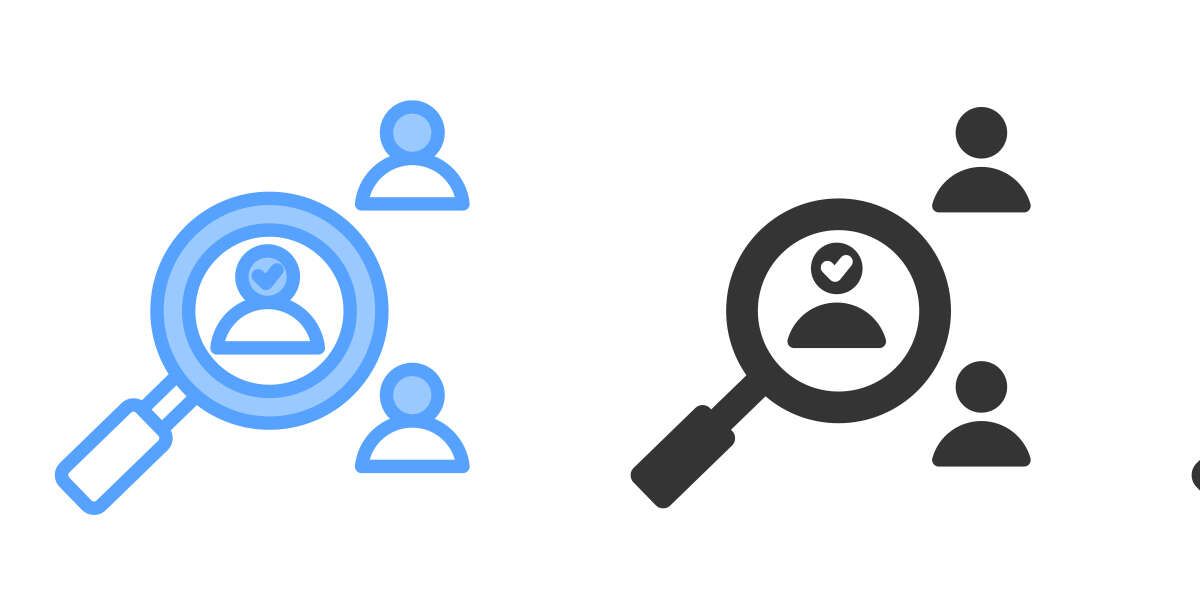6 Golden Rules for Customer Journey Mapping
How do you map a customer journey in such a way that a company can really do something with the results? As a market researcher, more than you would expect, I deal with companies asking for customer journey mapping without really having in mind what they want to know. Simply starting the research will not help you answer the most important questions. Wonderful customer journey research will end up gathering dust on the shelf. How do you avoid this? Follow the 6 golden rules.
1. Know what you are measuring
This may sound obvious, but people often get this wrong. This is because there are different interpretations of what a customer journey is. One deals with the different channels (or touchpoints) that customers use in their search for a product or service, the other is about their experience. Another is based on considerations during the purchasing process.
And they are all equal: all of these elements are part of the overall journey a customer makes. The survey approach is different if you want to know how a customer focuses on tickets for a festival, compared to the question of how a customer experiences the festival. But the customer journey for that particular festivalgoer is the same.
2. Know your customer
No person experiences a product or service in the same way, and therefore one purchase process means hundreds of thousands of unique customer journeys. When you combine all these journeys, you get a generic customer journey map. This ignores the key moments that, for certain groups, make the difference between becoming or staying a customer. It is essential to know who will make the customer journey: which (type of) customers do you wish to reach?
Ideally, customer journey research deepens existing knowledge about the target group. For example, I recently surveyed a customer journey about searching and booking international train journeys, where already rich persona profiles served as a starting point. The reason the trip was booked was already known, which meant that the behavior in the orientation phase fell into place and could be properly explained.
3. Go deep with data
A customer journey is more than just touchpoints. When the goal is to find out which communication channels a customer is using when he or she has a problem with his or her smartphone, the considerations he or she makes are just as interesting. For example, why does he or she choose to phone customer service rather than use the quick chat function? For the complete picture, you must know what customers do, think and feel in each (research-relevant) step of their journey.
The best way to find out is to use a combination of research methods. This can be done in different ways, depending on the research question. For example, explore with qualitative research first, then quantify the insights. Or map actual behavior using big data analysis, then deepen the understanding and learning using qualitative research.
4. Touch the heart, not the head
As a company, you only touch people when you get through to them at an emotional level; by surprising them in a positive way, by challenging or moving them. Many companies want to resolve all the problem areas in a customer journey and offer a fair 7.5 out of 10 experience across the board. There is nothing wrong with this, but it is not the way to be memorable and stay 'top of mind'. People remember and share their experiences better when they are linked to an emotion, either positive or negative.
In a good customer journey survey, emotions are central. Search for highs (and lows) in the customer journey and match them to the company's strengths. It is better to excel in what you are good at and just score enough elsewhere in the customer journey, than to go for an average and be forgotten about.
5. Context is key
A customer journey is never as clear and isolated as customer journey maps would have you believe. It is always set in the real world, which is chaotic and sometimes unpredictable. With customer journey mapping, it is often forgotten that customers are constantly distracted by other providers asking for attention. Know which market you are talking about, and make sure you are aware of recent developments. Make sure you are an industry expert, or have hired one.
For example, if you want to explain why people watch movies and series at other times and on different channels than five years ago, you also need the context in the analysis. Take the rise of Netflix, which has completely transformed the customer journey in this area. And customers are not just using other channels: their behavior is based on other requirement patterns and expectations.
6. Prioritize and get more
Customer journey mapping often gives so many insights, that it is hard to choose your priorities. Even if the previous rules have been followed, the results can remain on the shelf. This will prevent you quickly addressing and looking for the match between the company's goals, capabilities and values, and customer needs.
Distinguish between 'quick wins', which directly optimize customer journeys, and long-term improvements. Prioritize and plan: work towards preventing minor irritations, and at the same time look for new ideas, concepts or solutions for further down the line.
Put the duster away
With these 6 golden rules, it is hard to go wrong. Together, they ensure that the results of a customer journey survey will not stay on the shelf. Companies can get started quickly. Put the duster away!
Read more information about customer journey mapping.






Motivaction wins Data & Insights Award for 'Data & Insights Agency of the Year'!















